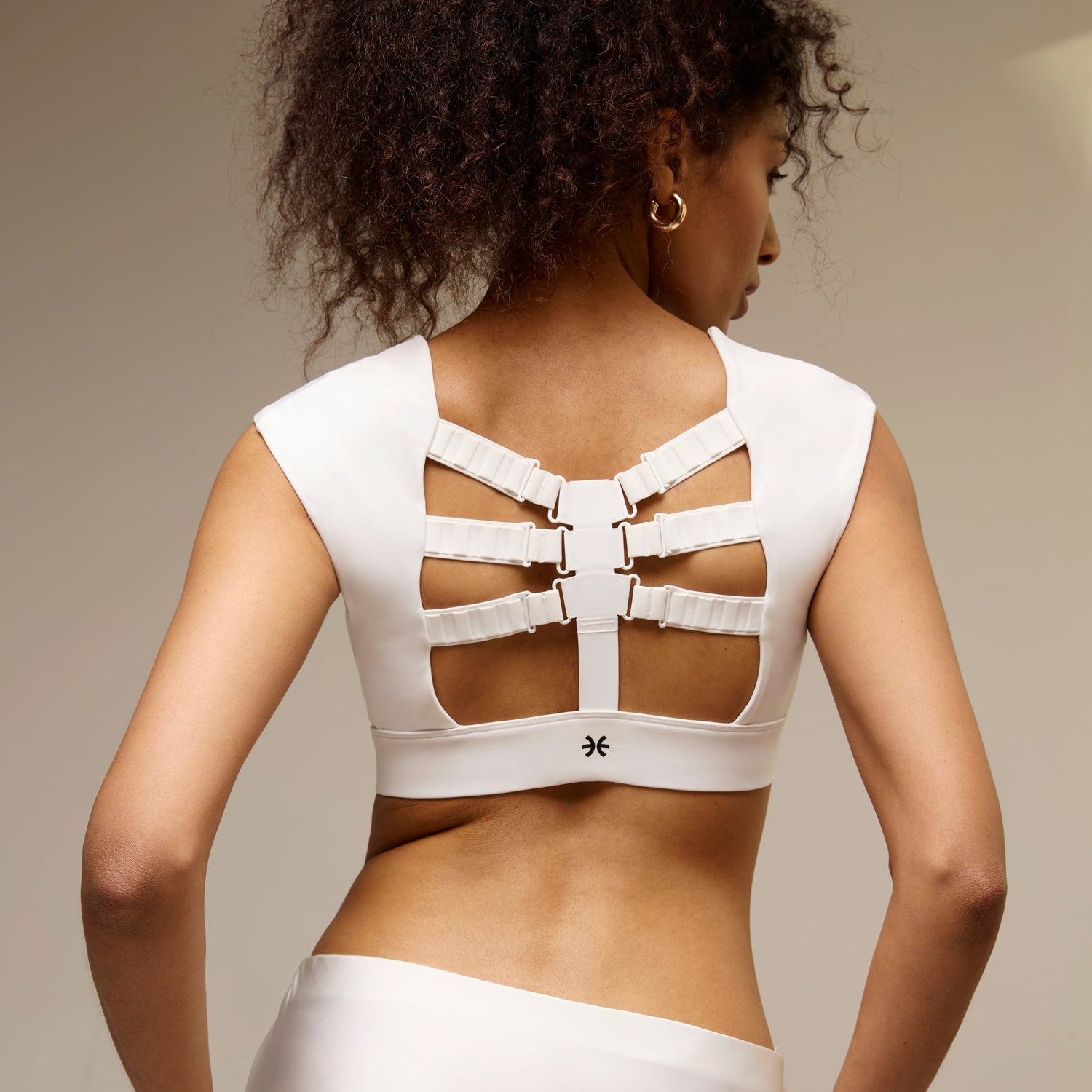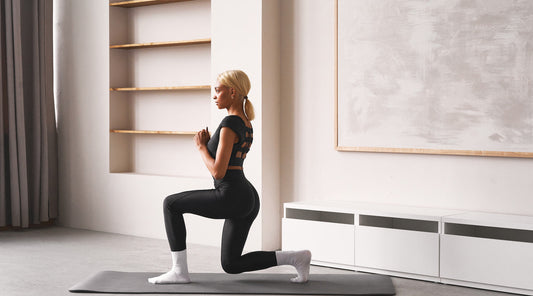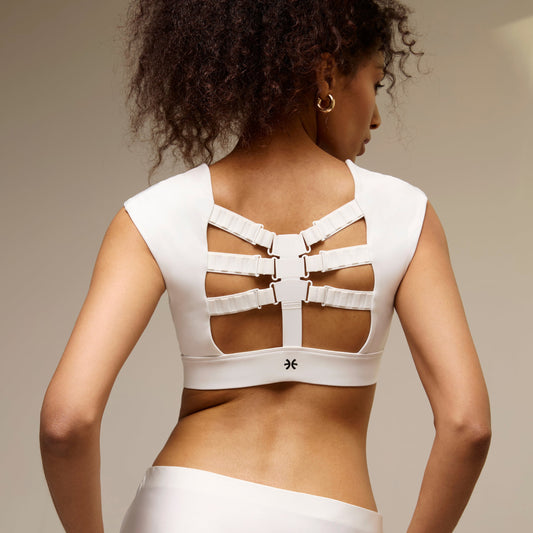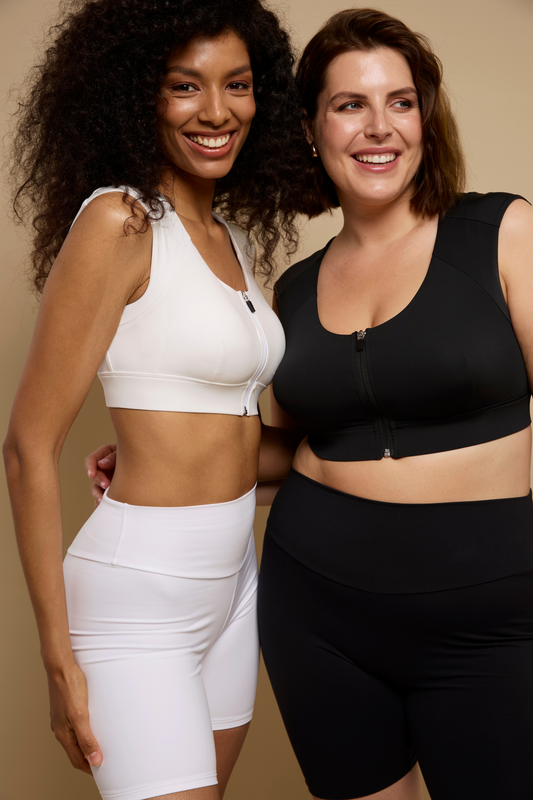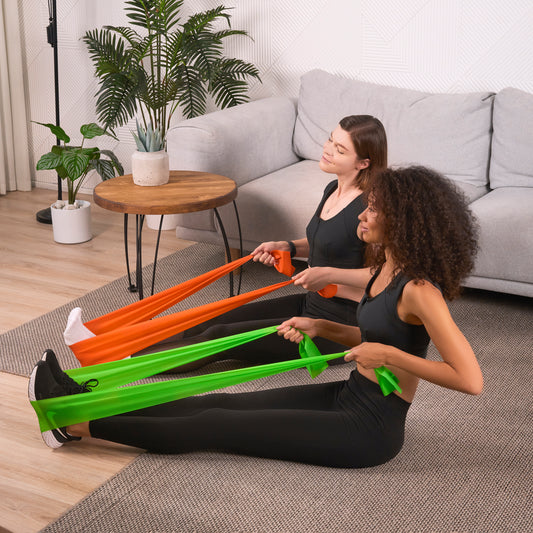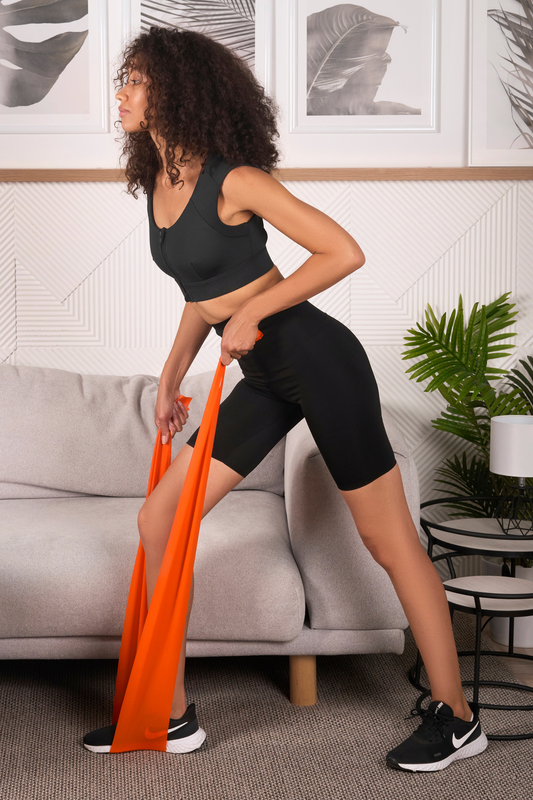Commonplace activities such as standing, driving, working out, and sitting might cause us to round our shoulders. Rounded shoulders are among the most prevalent postural issues; they make us appear unattractive when we stand and endanger our health over time.
The postural patterns you developed in your early years determine your posture. Posture is influenced by the movement, which is influenced by these behaviors.
Round shoulders and bad posture can lead to various problems, including poor circulation, reduced range of motion, and pain in the neck, head, and lower back. So here we are to figure out how to get rid of rounded shoulders.
Do you feel your shoulders are slouching forward more than they used to? Due to poor posture, you may have even experienced mild neck and back pain. You may incorporate several things into your daily routine to fix shoulders rounded forward, even though they are quite prevalent.
The first step is to grab the patience and stay calm. We have collected all the necessary advice, tips, and exercises to help you improve rounded shoulders.
Understanding Rounded Shoulders
What Are Rounded Shoulders?
When shoulders are positioned farther forward than usual, they are referred to as having "rounded shoulders," which are often associated with a forward head position and greater upper back slouching, also known as Doweager's Hump or thoracic kyphosis.
This significantly strains the shoulders and neck, resulting in decreased shoulder range of motion, headaches, sleep disturbances, numbness, and/or loss of function, usually in the upper body. Knowing how to fix rounded shoulders will also help you protect other systems of your organism and prevent any possible posture and body issues.
Common Causes of Rounded Shoulders
Rounded shoulders can result from any activity that requires the body to concentrate for extended periods on looking forward and down. These postures disturb the natural function of the shoulder, back, and neck muscles. These muscles regulate how the body keeps its posture throughout the day.
Routine activities that can result in rounded shoulders include:
- utilizing a computer, laptop, smartphone or tablet;
- driving a car for extended periods;
- bending over frequently;
- lifting heavy goods all day.
One of the dangers of round shoulders is that they may harm one's appearance and health.
Risks and Long-Term Effects of Rounded Shoulders
Neck and back pain
Excessive stretching and weakening of the upper back muscles due to rounded shoulders might result in persistent pain and discomfort.
Additionally, the neck may compensate by thrusting forward, which can lead to stress in the neck and recurrent headaches by placing additional strain on the cervical spine. A helpful posture correcting bra is essential to lessen the discomfort and to correct rounded shoulders.
Muscles imbalances
When shoulders are rounded, the pectorals (chest muscles) tighten and shorten, while the rhomboids and trapezius (upper back muscles) weaken and become overstretched. If this imbalance is not addressed, it may result in ineffective movement patterns and exacerbate existing pain or discomfort.
Decreased mobility
Shoulders are limited in their range of motion by the weak upper back muscles and tight chest muscles. Reaching aloft and other daily tasks become more difficult due to the shoulder joint's decreased range of motion.
Postural deformities
A permanent spinal misalignment can arise from kyphosis or the upper spine's forward curvature, which can be exacerbated over time by rounded shoulders. This postural problem can impair daily tasks, causing stiffness and reducing general mobility.
To prevent these effects, the main thing is to know the principles of how to fix rolled forward shoulders.
How to Diagnose Rounded Shoulders
Self-Assessment for Rounded Shoulders
A quick self-assessment can be performed by observing oneself in the mirror to determine whether your shoulders are hunched forward and what posture your hands naturally fall into. Pay attention to how your shoulders and chest rest against one another.
Does it droop so that your shoulders stand out? Alternatively, do your shoulders roll back naturally as your chest rises and lifts? The second pose indicates better posture, but the first can indicate rounded shoulders.
Professional Assessment Options
Your primary care physician can diagnose round shoulders. Standing up and observing the patient is a straightforward yet powerful test that a physician or chiropractor can do.
Even when the patient is standing as straight as possible, they may appear slouching if they have round shoulders. When the patient has rounded shoulders, their thumbs may point at one another, and their palm may face behind them.
If the patient lacks round shoulders, their thumbs will be pointed in front of them, and their palms will face their body. The doctor may also conduct further tests depending on the patient's needs.
Effective Ways to Fix Rounded Shoulders
A rounded shoulder fix can seem daunting; however, this issue can be battled easily with the proper approach. Here are methods to become healthier and obtain the desired comfort.
Exercises to Correct Rounded Shoulders
A couple of beneficial exercises play a significant role in your posture enhancement. Let’s learn what kind of training can help to correct shoulder posture.
Shoulder Blade Squeeze
Throughout the day, this simple exercise helps build strength and reminds the body of the benefits of proper posture.
- Move both shoulder blades together while sitting up straight, like you were holding a tennis ball between them.
- When the shoulders flex, they should move away from the ears and down.

Door Chest Stretch
Chest stretches are a crucial component if you want to fix rolled shoulders. A door frame can be used as a simple chest stretch. The steps to perform this stretch are as follows:
- Position your hands above your head on either side of a door frame while standing inside it.
- Keep your hands in this posture and lunge forward with one foot.
- 30 seconds of holding the stretch.

Wall Angels
Here's how to do a wall angel stretch:
- Your feet should be slightly forward as you stand on the wall.
- Put your arms in a "W" shape against the wall.
- Maintaining a contracted and downward posture, raise your hands toward the ceiling.
- Put your arms back where they were at the beginning to finish one repeat.
- Repeat 10 times.

The T Stretch
The T stretch is most effective right before bed or after waking up.
- The person's feet are flat on the ground as they lie flat on their back.
- Have your knees bowed and turned to face up.
- Holding the arms palms up, extend them out to the sides of the body.
- The shoulders and back will feel stretched when done properly.
Wide Pushups
Performance of this exercise helps to fix posture rounded shoulders, strengthening and extending your shoulder and back muscles. Take these actions to complete wide pushups:
- As you begin in the typical pushup position, your hands should be on two yoga blocks a little wider than shoulder-width apart.
- Keep your pelvis aligned with your back and back straight while you perform a push-up.
- Every day, try to complete as many repetitions of this exercise as you can manage safely.
Furthermore, you can learn about other excellent exercises to fix posture shoulders here.
Stretches to Improve Rounded Shoulder Posture
Try these effective stretches to enhance rounded shoulder posture:
- Chest opener stretch. To open up your chest and stretch your front shoulders, place your hands behind your back, straighten your arms, and slowly raise them.
- Upper back stretch. As you reach forward, round your upper back and stretch your shoulders and upper back by interlacing your fingers and extending your arms.
- Thoracic extension stretch. To open up the thoracic spine and chest, sit or stand tall, weave your fingers behind your head, and gradually arch your upper back while gazing upward.
Daily Practices for Posture Improvement
Awareness of your alignment throughout the day is crucial to improving your posture daily. Ensure that your shoulders are back, your spine is straight, and your chin is tucked in when you sit or stand.
In addition to supporting proper posture, strengthening your core and upper back muscles with workouts like planks and rows will help.
Set aside time to stretch, particularly your shoulders and chest, to release tension. Your body can also be aligned better by standing or moving every 30 minutes and modifying your workspace for optimal ergonomics.
The Etalon posture bra also plays an essential role in improving your posture. Adding this item to your daily outfit will provide extra relief, lessening the shoulders, neck, and back discomfort.
How to Prevent Rounded Shoulders
Proper posture, particularly when sitting or standing for extended periods, will help you avoid rounded shoulders. Keep your shoulders drawn back and your chest open. To promote better alignment, strengthen your core and upper back muscles with exercises like planks, rows, and reverse flies.
Ensure your desk or workspace is ergonomically adjusted to promote good posture, and frequently stretch your shoulders and chest to release tension. Over time, slouching and shoulder rounding can also be avoided by frequently moving, standing, and resetting your posture.
Benefits of Correcting Rounded Shoulders
Among the many advantages of correcting rounded shoulders are better posture and less strain on the shoulders, lower back, and neck. The spine can be properly aligned to improve flexibility, ease chronic pain, and facilitate better breathing.
Additionally, strengthening the chest and upper back muscles reduces the chance of injury by preventing muscle imbalances. Furthermore, better posture can raise self-esteem, vitality, and general comfort, which makes daily tasks easier and less physically demanding.
Conclusion
Maintaining proper posture is critical. When standing and sitting, keeping the body in the appropriate alignment promotes the health of the muscles and the rest of the body and helps avoid discomfort and injury. Rounded shoulders can be fixed by using some of the advice mentioned above, stretching frequently, and being aware of how one positions one's body.
FAQs
What causes rounded shoulders?
Can rounded shoulders be corrected permanently?
Are there at-home methods for improving rounded shoulders?
Can poor posture lead to rounded shoulders?
How do I prevent rounded shoulders from returning?
Trending
Try Etalon posture improvement products
